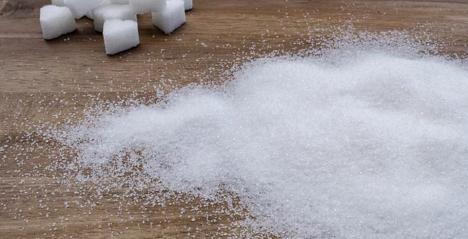Although breastfeeding is a natural part of the nursing, it is not always easy. Many things may pop up along the journey. And while medical experts agree that breastfeeding is the best feeding option for the baby, for some mothers, it is not without hurdles and frustrations, particularly for first babies.
Fortunately, issues involving breastfeeding are typically resolvable with the right knowledge and professional support. Here are seven common breastfeeding problems you should know about.
Insufficient milk supply
In theory, breastfeeding is a system of supply and demand. Therefore, the more you pump or nurse, the milk will your body be able to produce. Still, low milk supply may happen to some mothers due to many reasons. Generally, the baby will let the mother know if they do not get enough milk. However, dirty and wet nipples are good indications of low milk supply.
Providing the little with both breasts for every feed will help stimulate the milk supply. You can also solve this problem by speaking with a lactation consultant.
Blocked ducts
If you experience breasts pain while breastfeeding, it could well be due to plugged or clogged milk ducts. This issue happened when the breasts supplied milk faster than the baby can drain it. This situation will then get backed up in the duct, which makes the tissue swell and presses on the duct.
Although breastfeeding with clogged ducts can be painful, it is the best way to unclog the breasts. If only one of your breasts is plugged, you should offer the breast to your baby first since his or her suck will be at its strongest when he or she is most hungry. Lightly massaging and applying a warm compress to the sore breast between feeds may help soothe the pain.
Latching
It is normal for the nipples to feel somewhat sore during breastfeeding, especially if it is your first time. However, if the pain lasts longer than a few seconds into the feeding sessions, you may have a problem with a baby’s latch. Nevertheless, an improper latch is considered one of the most common breastfeeding issues since both the mother and the baby are still learning this new skill.
If you find breastfeeding painful or your little one does not look satisfied after a feed, your baby may not be latching properly onto your breast. So you should check on your baby’s latch position. If repositioning does not solve the problem, get advice from a paediatrician or a lactation consultant since your baby could have tongue-tie.
Cracked nipples
Having cracked nipples whilst breastfeeding is normal. Fortunately, this issue is easy to fix. Here are some simple solutions:
-
Between feeding sessions, apply a breast cream (lanolin-based)
-
Wear loose bras made of cotton
-
Leave some milk on the nipple after the baby has finished drinking
You should avoid using alcohol, soap or regular body lotions since they will not help.
Inverted nipples
Some women are born with one or both inverted nipples, wherein their nipples do not protrude from their breast. This situation may cause a problem during breastfeeding, especially for first-time moms, since the baby may have a difficult time to latch.
Fortunately, having inverted or flat nipples do not mean that you cannot breastfeed, you need some latching help with a lactation consultant. Apart from getting expert help, you can try pulling your nipple as much as possible before feeding your baby or utilise a breast pump to draw out the milk.
Engorged breasts
Another common breastfeeding discomfort is due to an oversupply of milk, which can make breasts feel throbbing, swollen or bulging full of milk. Engorged breasts can make breastfeeding painful for the mother and latching difficult for the baby. Engorgement can also occur if the baby is not properly draining the milk or you go too long between feedings. Some women may also experience a slight fever.
Try hand-expressing the milk a bit before feeding your baby to soften your breast and get the milk flowing, allowing you baby to latch and get milk easily.
Mastitis
Mastitis is a breast inflammation due to bacterial infection in the breasts. It normally happens within the first few weeks after childbirth and may also be due to other breastfeeding issues, including engorgement, blocked milk ducts and cracked nipples.
While hot compresses help soothe the pain, the only treatment for this condition is with antibiotics. Despite the discomfort, medical experts recommend continuing breastfeeding during mastitis.
Conclusion
Breastfeeding can be a tremendously rewarding experience for women when it goes well. However, some problems can make breastfeeding uncomfortable and painful. If you have any breastfeeding problems, ask for help from a recommended mount e novena gynae, midwife or breastfeeding specialist promptly.











